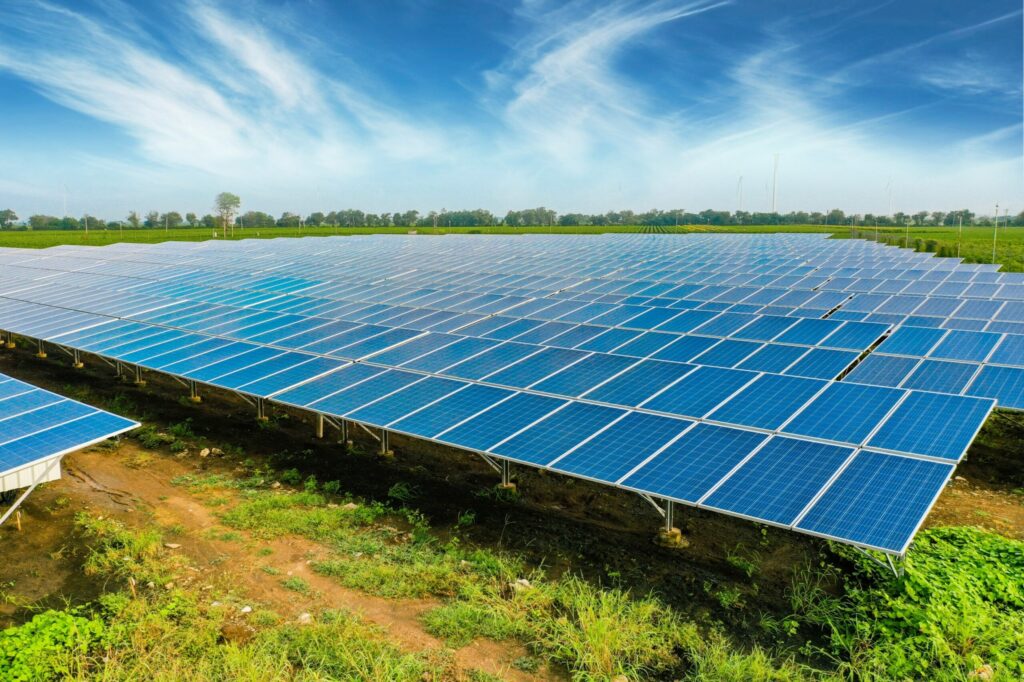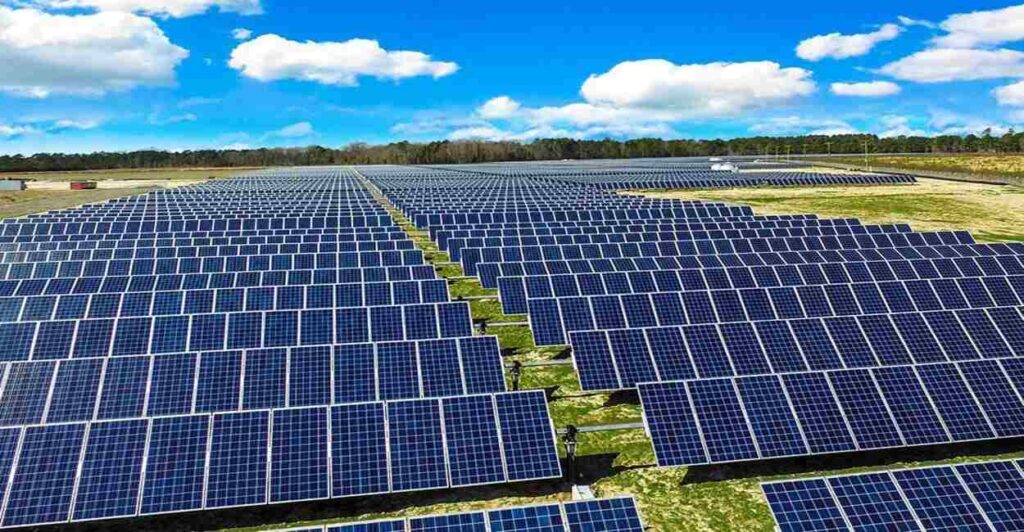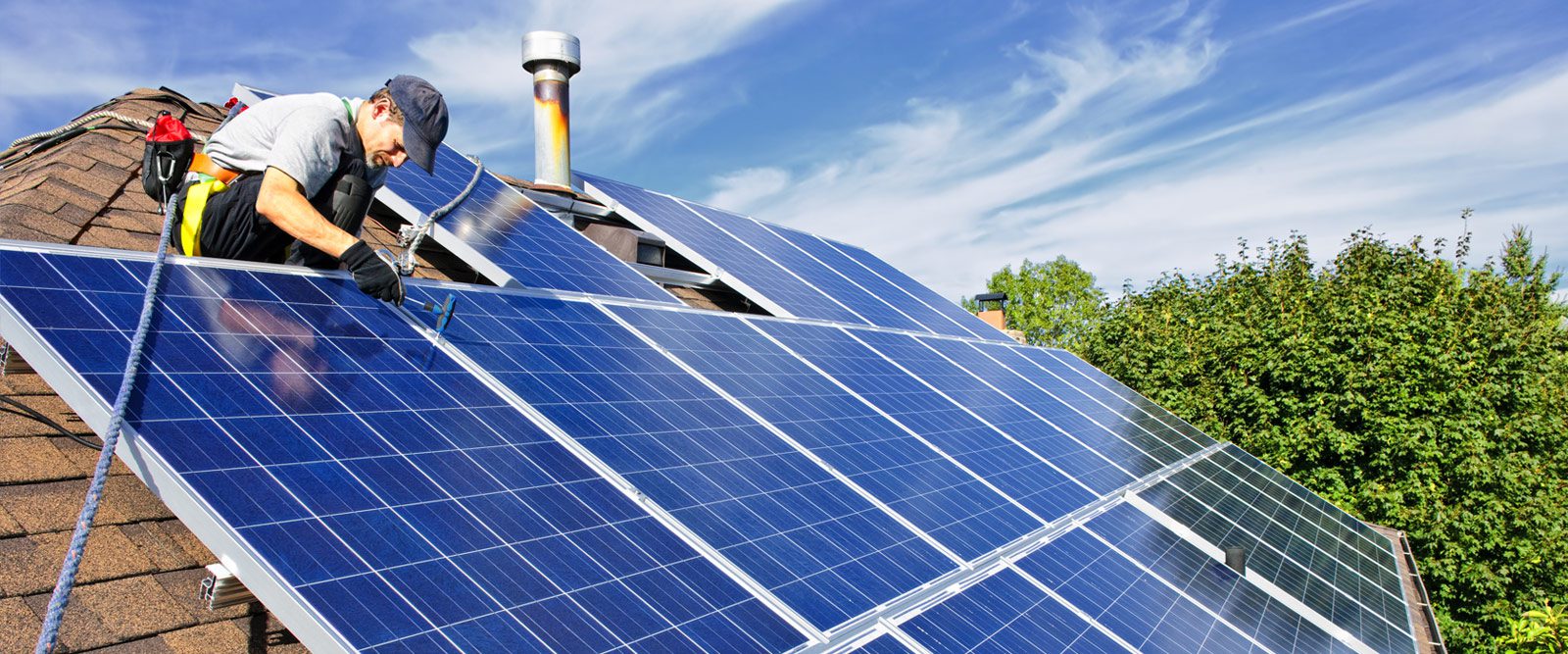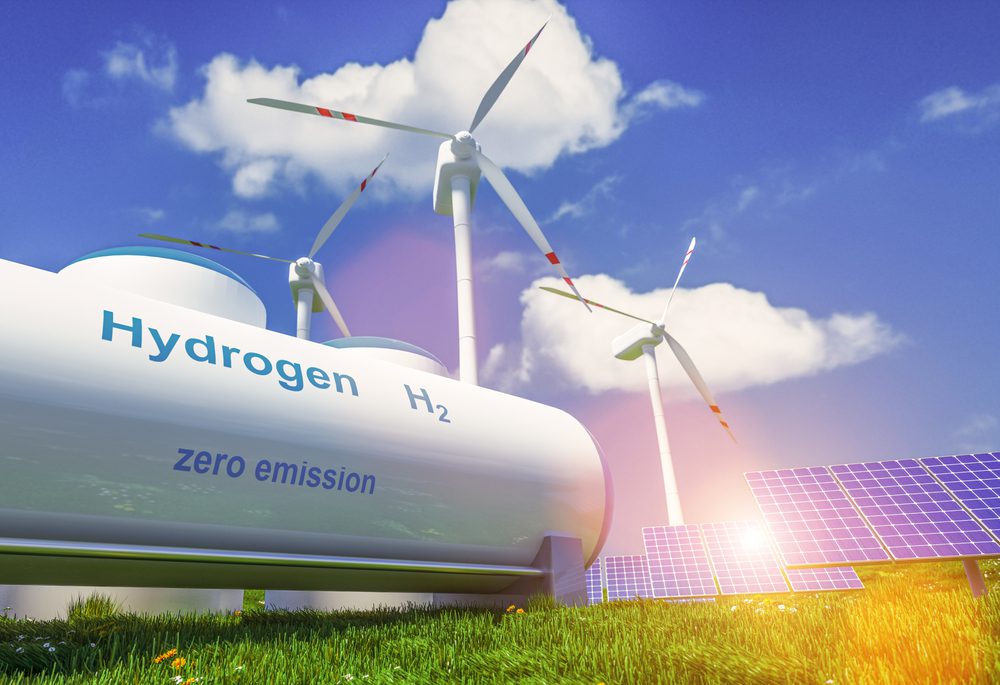Table of Contents
Solar Energy Forecasted to Lead New Electricity Generation Capacity
In the electricity generation sector, 2024 is set to usher in a significant shift, with solar energy and battery storage emerging as dominant forces. According to a recent analysis by the U.S. Energy Information Administration (EIA), projections suggest a substantial rise in utility-scale electric generating capacity, with solar power and battery storage leading the charge. This shift reflects a broader trend toward clean energy, as utilities invest in renewable sources to meet growing demand for sustainable power solutions.
The expansion of solar and battery storage capabilities is driven by technological advancements, decreasing costs, and the growing urgency to reduce carbon emissions. As the world moves toward a more decentralized and renewable energy grid, battery storage plays a pivotal role in addressing intermittency issues by enabling the storage of excess energy generated by solar panels. The EIA’s forecast highlights that solar and battery storage will not only dominate new capacity additions in 2024 but also lay the foundation for a more resilient, cleaner energy future..

Solar Surge: Doubling Growth from Previous Year
As we explore the complexities of this paradigmatic transition, it’s clear that solar energy and battery storage are set to become the cornerstones of the electricity generation landscape. This shift is more than just a technological evolution; it represents a catalyst for innovation and environmental stewardship, driving a new era of sustainable energy solutions. With solar power providing a renewable, abundant source of energy and battery storage ensuring reliability and efficiency, these technologies are laying the foundation for a greener, more resilient energy grid.
The move towards solar and battery storage aligns with global goals of reducing carbon emissions and transitioning away from fossil fuels. As these technologies continue to evolve and scale, they will enable more distributed energy systems, empowering consumers and businesses alike to generate, store, and manage their energy independently. This revolution in energy storage is set to redefine how power is produced, consumed, and shared, offering a promising glimpse into the future of clean, sustainable electricity generation.
Solar Energy Expansion Across Key U.S. States
In the United States, a significant portion of new solar capacity is being developed in a few key states, with Texas leading the way. Accounting for a substantial 35% of new solar projects, Texas has become the nation’s solar hub due to its vast land area, abundant sunshine, and strong commitment to renewable energy. As solar energy continues to thrive in the Lone Star State, new projects are popping up in both urban and rural areas, contributing to the state’s growing clean energy infrastructure. Texas’ solar capacity expansion is not only powering homes and businesses but also contributing significantly to job creation and economic growth in the region.
Following Texas, California remains a prominent player in the solar energy sector, contributing 10% of the new solar capacity in the U.S. As a state that has long been at the forefront of clean energy adoption, California continues to lead the way with innovative solar projects, particularly in the agricultural and desert regions. The state’s ambitious renewable energy goals, including a target of achieving 100% clean energy by 2045, make it a key player in the solar revolution. The ongoing development of solar farms, along with solar rooftops, ensures that California remains a critical contributor to the nation’s solar growth.
Nevada’s Record-Breaking Solar Project
One of the most notable projects in the solar landscape is the Gemini Solar Power Plant in Clark County, Nevada. Set to become the largest solar facility in the U.S., this 8.5-gigawatt project will significantly boost solar capacity and play a critical role in the transition to a carbon-neutral future. Expected to begin operations this year, the Gemini project will not only provide clean energy to thousands of homes but will also set a new benchmark for large-scale solar installations in the country. Its completion is a testament to Nevada’s growing position as a leader in the solar sector, as well as the increasing scalability of solar technologies to meet large energy demands.

Driving the Clean Energy Revolution
The expansion of solar projects in these states, particularly Texas, California, and Nevada, underscores the broader transition toward renewable energy across the United States. These solar developments, including the Gemini Solar Power Plant, signal a commitment to reducing carbon emissions and diversifying the nation’s energy portfolio. With solar energy at the forefront of this transformation, the U.S. is poised to not only meet its clean energy goals but also to lead the world in sustainable energy practices. The increasing scale of these projects and the innovative use of solar storage technologies further strengthen the case for solar as a reliable and indispensable source of power in the modern energy landscape.
Battery Storage: A Record Growth Projection
In tandem with the expansion of solar energy, battery storage capacity is also experiencing remarkable growth, with projections indicating an increase of 14.3 gigawatts in 2024, setting a new record for annual capacity growth. This surge in battery storage is critical for addressing the intermittent nature of solar power, ensuring that excess energy generated during the day can be stored and used when the sun isn’t shining. One notable example of this transition is the Menifee Power Bank in California, a groundbreaking project that is set to replace an old natural gas plant with a state-of-the-art battery storage facility.
The Menifee Power Bank is emblematic of a broader shift towards cleaner, more sustainable energy solutions. As the world moves away from fossil fuels, projects like these are crucial for maintaining grid reliability while reducing carbon emissions. By enabling large-scale energy storage, battery systems are becoming integral to the clean energy transition, ensuring that renewable energy sources such as solar can be harnessed and utilized more effectively, even in times of high demand or low generation. This synergy between solar and battery storage marks a pivotal moment in the evolution of electricity generation, driving us closer to a greener, more sustainable future.
Policy Impact: Accelerating Energy Storage Development
The Inflation Reduction Act (IRA) has played a pivotal role in accelerating energy storage development by introducing investment tax credits (ITCs) for stand-alone storage. Before the IRA, batteries only qualified for federal tax credits if co-located with solar, highlighting the policy’s significant impact on promoting energy storage initiatives.
Wind, Natural Gas, and Nuclear Capacities: A Changing Landscape
While solar and battery storage dominates the conversation, other energy sources are experiencing shifts in planned capacities. Wind energy, despite record growth in previous years, is seeing a slowdown in planned projects for 2024. Similarly, natural gas capacity for the year is at its lowest in 25 years, with nuclear capacity witnessing the introduction of a new reactor at the Vogtle nuclear power plant in Georgia.
In conclusion, the energy landscape of 2024 is marked by a significant transition towards solar and battery storage, driven by technological advancements and supportive policy measures. As these renewable sources take center stage, the future of electricity generation holds promise for a cleaner and more sustainable energy ecosystem.
Related Posts





















Leave feedback about this